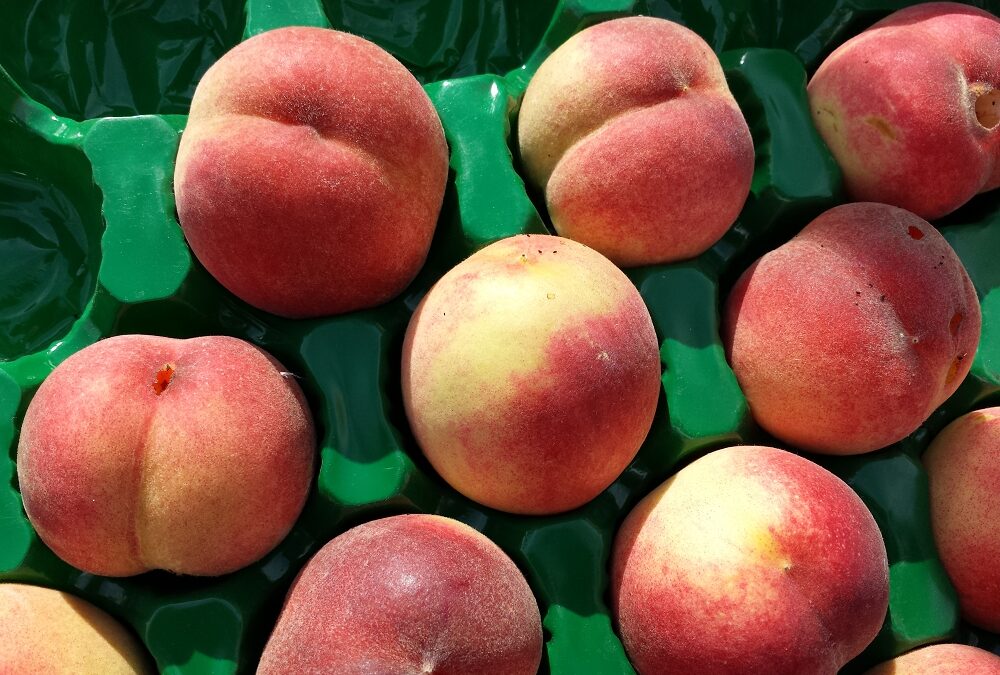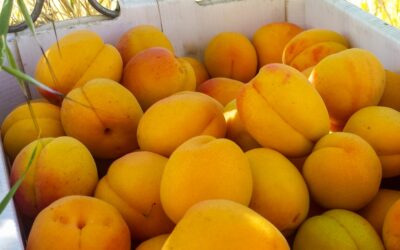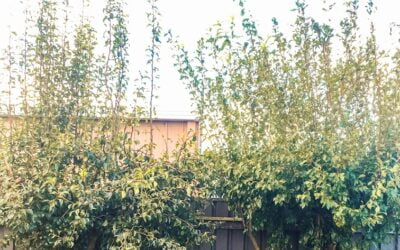Estimated reading time: 5 minutes
Fruit picked perfectly at the right time can create beautiful memories.
Do you have a childhood memory of eating fruit, ripe from the tree? Maybe at your grandma’s house or a house where you lived as a kid. Or somewhere you visited in your summer holidays.
Related Articles
How much fruit will your tree produce?
Working out how much fruit a mature fruit tree can grow will help you plan how many trees you need in your garden to meet your family’s needs.
Taming monster fruit trees with renovation pruning
Learn how to use a technique called renovation pruning to tame large, unpruned, and out-of-control monster fruit trees.
What broke my fruit tree?
Broken fruit trees can be caused by animals eating them, or accidental damage. Identifying the animal is the first step to prevention.
Your special fruit memory might be a dish your Mum made every summer. It could be bottled apricots eaten in the middle of winter.
After talking to literally thousands of people about fruit, we’ve heard so many of these stories that we know it’s almost a universal shared memory.
It’s one of the things we’ve always loved about offering pick-your-own at our farm. When we see kids picking fruit from the trees, we know they’re busily making those special fruity memories.
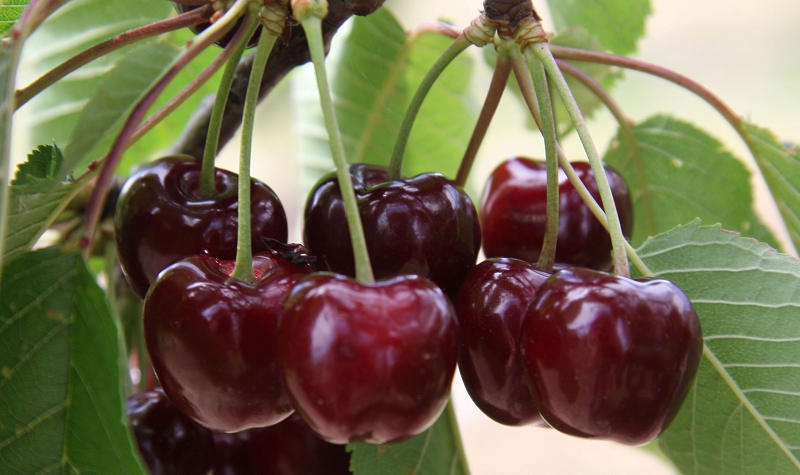
Why fruit doesn’t taste as good as it used to
But these days, the common lament we hear is that “fruit just doesn’t taste like it used to”. The variation is “you can’t buy good fruit at a supermarket”.
People’s expectations of being able to buy fruit that tastes as good as their childhood memories are almost nil.
The main reason is that most fruit isn’t tree-ripened. It’s picked before it’s properly ripe so that it will get to the supermarket without getting bruised.
Unfortunately, that means sacrificing flavour.
A desire for fruit that actually tastes of something is just one of the reasons why so many people are starting to grow their own.
Knowing the right time to pick
One of the things home growers want to know, is how do you tell when is the right time to pick fruit?
Coincidentally, this is one of the biggest challenges of an orchardist’s job. It’s something we have put a lot of energy and thought into over the years.
As commercial fruit growers, the aim is to get fruit to our customers in absolutely perfect condition. It should be just ready to eat, and ripe and delicious.
Truthfully, those things can be very hard to achieve simultaneously.
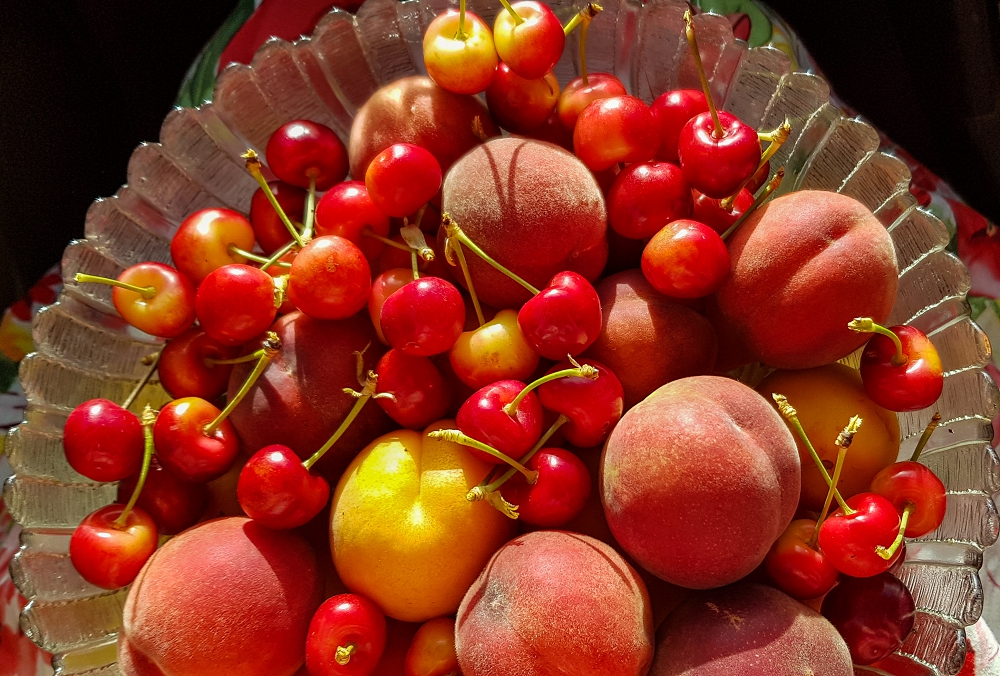
When you’re growing your own, you have the huge advantage of not having to get your fruit to market. You can afford to let the difficult decision of when to pick fall more on the side of ripening the fruit on the tree. That way it becomes more flavourful, juicy, sweet, and delicious.
If it has a few bruises from being over-ripe when you pick, it doesn’t really matter. You have no one to please but yourself, and anyway, you’re probably going to eat it within a day or two.
But even in your home garden, knowing what you’re planning to do with the fruit you pick will help you decide when to pick it. Actually, this is quite an important part of getting the most out of your fruit trees.
Common fruit-picking mistakes
Pick too green (before the fruit has reached maturity)
- the fruit won’t ripen off the tree
- it may have only reached 50% of its potential size
- under-ripe fruit will never taste as good as tree-ripened.
Pick over-ripe
- you risk bruising the fruit
- much shorter storage time
- higher chance of post-harvest rots
- the fruit may go floury
- rapidly starts losing its nutrient value after picking
- doesn’t preserve as well.
So how do you tell the perfect time to pick each piece of fruit?
This is actually quite a science, and there are many specific indicators and even tests you can do to really figure this out. Download Picking Fruit the Right Way to find out more.
To further complicate things, it can vary wildly between different types of fruit and even between different varieties.
However, there are lots of simple indicators that will help you to get it right without getting too scientific about it. Here are our top 5 tips:
1. Look for at least one piece of fruit that’s definitely ripe.
You can judge whether a tree’s crop has reached maturity if at least one piece of fruit is ripe. This might be because it’s fallen from the tree from ripeness. You may be able to judge this by eating one. (You need to sacrifice some fruit to make this decision).
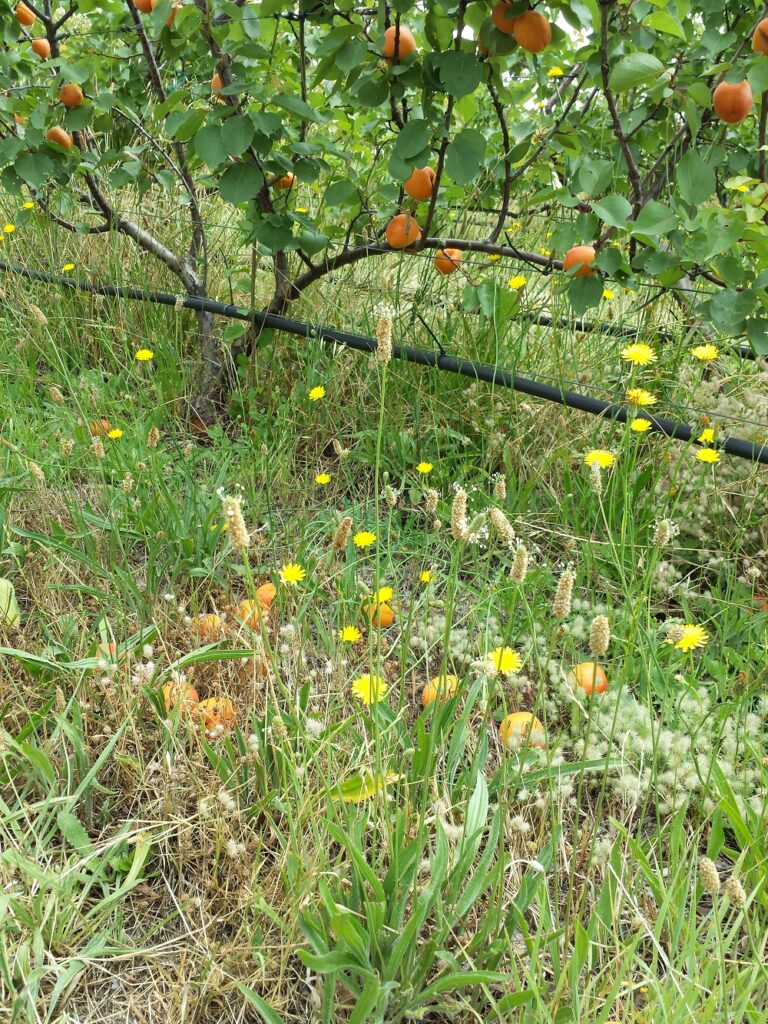
2. Fruit colour is actually a very poor guide.
Fruit will often start to colour weeks or months before it’s ripe. Look instead at the background colour. This will be persistently green until it starts to change to yellow, white, or cream (depending on the fruit type) as the fruit ripens.
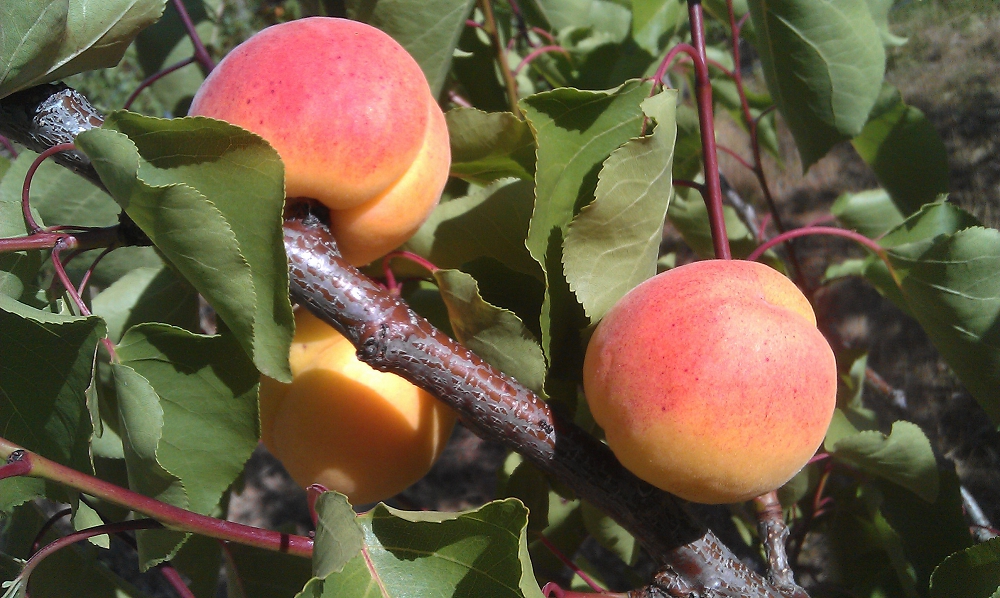
3. Are birds starting to get interested in the fruit?
This is a good sign that it will be ready soon. However (annoyingly) some birds will attack fruit even when it’s still completely green, so use caution with this one.

4. Taste!
Again, this one involves sacrificing a piece of fruit to test. This is an excellent way to start linking the way a variety tastes with the way it looks at different stages of ripeness.
5. Keep a diary
Our last (and most important) tip … start to make a note of when you pick each variety each year. Also, make a little note of whether you got it right or not!
Related Articles
How much fruit will your tree produce?
Working out how much fruit a mature fruit tree can grow will help you plan how many trees you need in your garden to meet your family’s needs.
Taming monster fruit trees with renovation pruning
Learn how to use a technique called renovation pruning to tame large, unpruned, and out-of-control monster fruit trees.
What broke my fruit tree?
Broken fruit trees can be caused by animals eating them, or accidental damage. Identifying the animal is the first step to prevention.

